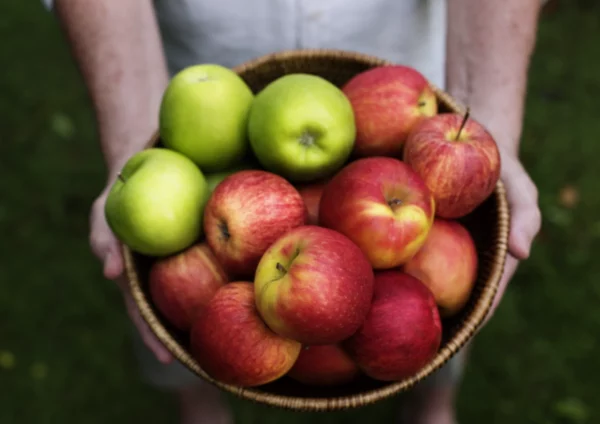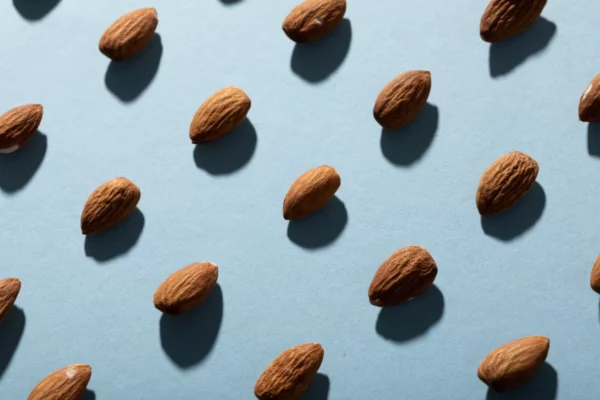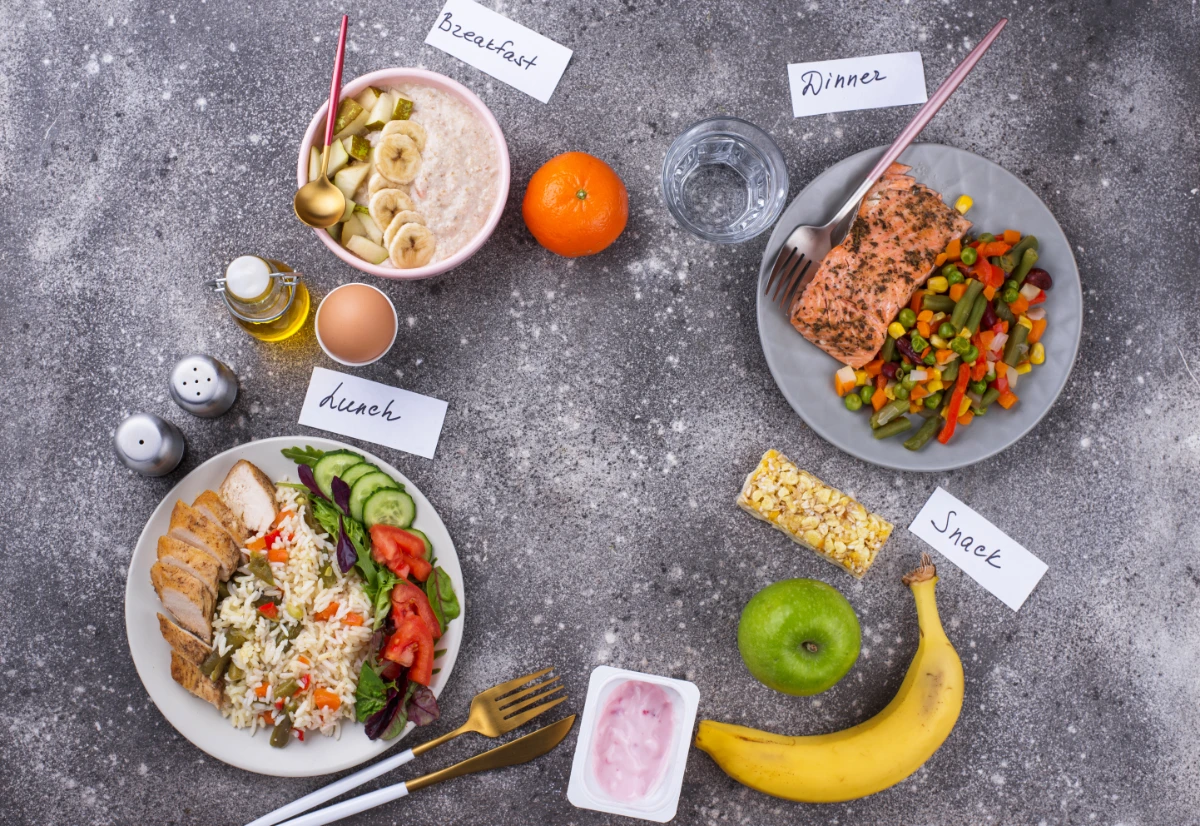Ensuring teenagers consume enough fiber is a cornerstone of fostering a healthy lifestyle that supports growth, maintains a healthy weight, and promotes regular bowel movements. However, with the prevalence of fast food, soft drinks, and snacks low in nutrients, incorporating high-fiber foods into a teenager’s diet can seem daunting. This guide offers practical advice for parents aiming to increase dietary fiber intake in their teenagers’ diets, in line with the dietary guidelines recommended by the U.S. Department of Health and Human Services and the American Academy of Pediatrics.
Understanding the Importance of Fiber
Dietary fiber, an essential nutrient found in plant foods, plays a key role in maintaining the health of the digestive tract by ensuring regular bowel movements. There are two types of fiber – soluble and insoluble. Soluble fiber dissolves in water to form a gel-like substance, helping to lower blood sugar levels and cholesterol. Insoluble fiber, on the other hand, does not dissolve in water and helps move food through the digestive system, aiding in regularity.
The health benefits of a high-fiber diet extend beyond the digestive system. Adequate fiber intake is associated with a reduced risk of heart disease, type 2 diabetes, and certain types of cancer. For teenagers, consuming enough fiber is crucial for maintaining energy levels, supporting growth, and preventing obesity.
How Much Fiber Do Teenagers Need?
General guidelines from health authorities suggest that the amount of fiber teenagers need varies by age and sex. On average, girls aged 14-18 should aim for about 25 grams of fiber per day, while boys in the same age group should target around 31 grams of fiber per day.
Incorporating High-Fiber Foods into Daily Diets
Choose Whole Grains Over Refined
Opting for whole grains is one of the best ways to increase dietary fiber intake. Whole-grain bread, brown rice, whole wheat pasta, and whole-grain cereals should replace their white counterparts like white bread, white rice, and cereals made from refined grains. When shopping, look for products where “whole wheat” or another whole grain is the first ingredient on the nutrition label.
Emphasize Fruits and Vegetables
Fresh fruits and vegetables are excellent sources of fiber, vitamins C and E, and other essential nutrients. Encourage teenagers to consume whole fruits instead of fruit juice, as juicing removes fiber. Snacks like raw carrots, green peas, and air-popped popcorn are fun ways to add more fiber. Including vegetables like kidney beans and black beans in meals can also significantly boost fiber content.
Understand Food Labels
Educating teenagers on reading food labels can empower them to make healthier food decisions on their own. Teach them to check the fiber content per serving and to choose foods with higher grams of dietary fiber. This knowledge helps them understand the importance of fiber in their diet and encourages them to select high-fiber foods.
Add Fiber Gradually
Increasing fiber intake too quickly can lead to abdominal pain, bloating, and gas. It’s important to add fiber to the diet gradually and ensure adequate fluid intake to help fiber work better in the digestive system. Starting with small servings of fruits and vegetables and progressively increasing the amount is a good way to prevent digestive discomfort.
Consider Fiber Supplements Cautiously
While fiber-rich foods are the best source of dietary fiber, supplements can be an option if your teenager is struggling to get enough fiber through diet alone. However, fiber supplements should not replace whole foods, as they do not provide the vitamins, minerals, and other nutrients that high-fiber foods do. Consulting with a healthcare provider before starting any supplement is essential.
Making High-Fiber Diets Appealing to Teenagers
Create Delicious and Nutritious Meals
Incorporating high-fiber foods into meals doesn’t mean sacrificing taste. Whole-wheat pasta with tomato sauce, brown rice bowls with plenty of vegetables, and whole-wheat bread sandwiches with lean protein and plenty of veggies are just a few examples of how fiber-rich foods can be part of delicious and nutritious meals.
Involve Them in Food Preparation
Getting teenagers involved in meal planning and preparation can make them more interested in eating healthily. Cooking together is a fun way to introduce them to various high-fiber foods and teach them how to prepare them in tasty ways.
Lead by Example
Teenagers are more likely to adopt healthy eating habits if they see their parents doing the same. Make high-fiber foods a regular part of family meals, and share the health benefits you experience from maintaining a high-fiber diet.
Conclusion
Integrating more dietary fiber into a teenager’s diet is crucial for promoting digestive health, supporting growth and development, and preventing chronic diseases. By choosing whole grains, incorporating plenty of fruits and vegetables, understanding food labels, and making dietary changes gradually, parents can help their teenagers increase their fiber intake. Making high-fiber diets appealing and involving teenagers in the process can foster lifelong healthy eating habits, ensuring they reap the numerous health benefits that a high-fiber diet offers.









